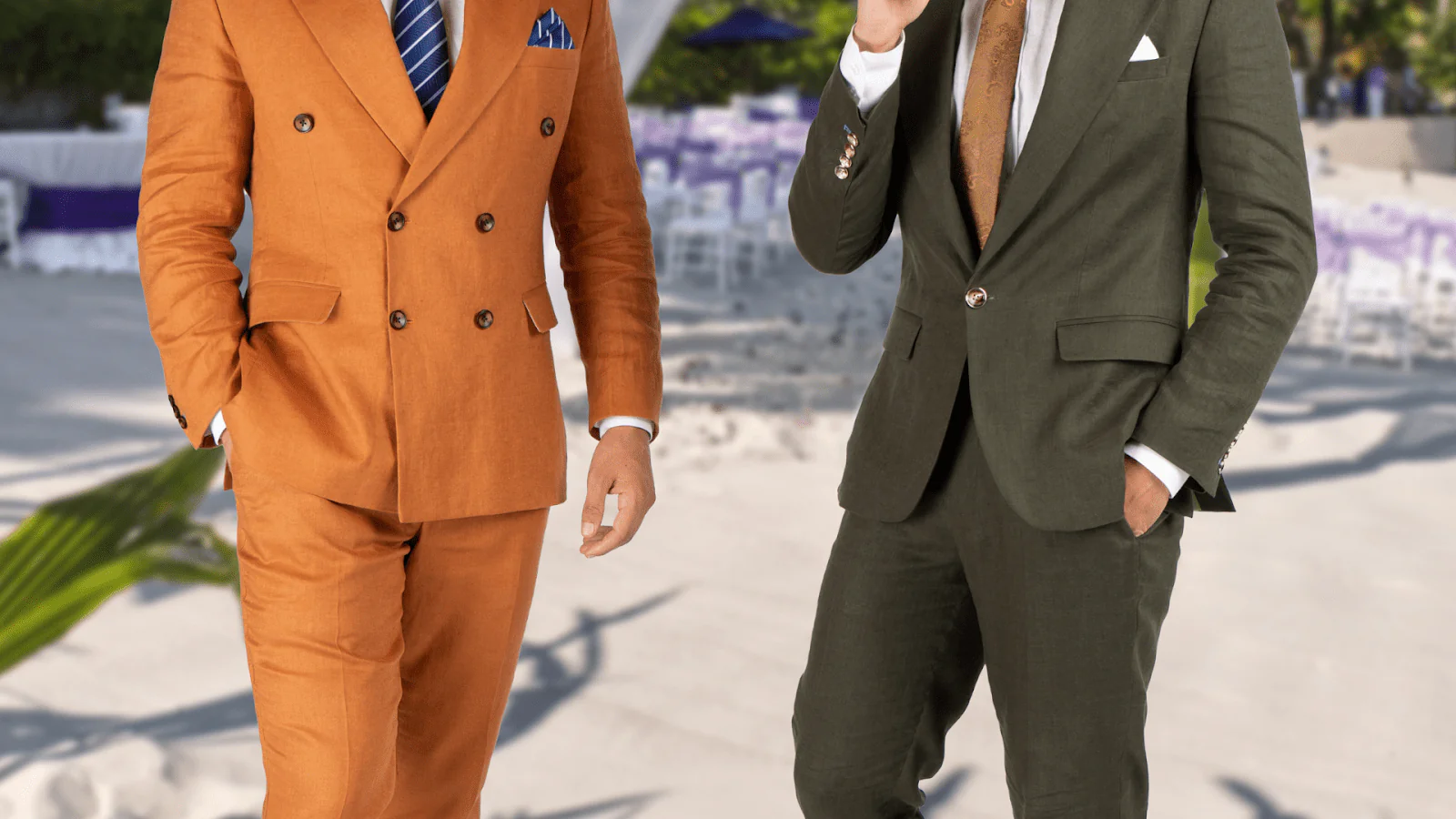There’s a certain magic in slipping into a formal suit—an instant transformation that goes beyond fabric and thread. It’s a ritual of self-respect, a nod to tradition, and a statement of readiness. But what is it about formal suits that keeps them relevant across centuries and cultures? Let’s unpack the story, significance, and enduring appeal of this timeless attire.
The Roots of Formal Suits: A Stitch Through Time
In 17th-century England, men shifted away from ornate ruffles and flamboyant fabrics toward streamlined garments that balanced elegance with practicality. By the 19th century, London’s Savile Row refined the modern suit into a tailored jacket, trousers, and waistcoat—clothing that fit like a second skin. From then on, the suit became more than clothing: it was armor for the boardroom, a symbol of dignity, and a uniform of professionalism.
Anatomy of a Formal Suit: What Defines It
What sets formal suits apart is a mix of fabric, cut, and detail.
- Fabric: Wool dominates for its durability, drape, and year-round versatility. Lightweight blends work for warmer climates, while linen and cotton lean casual.
- Cut: A formal suit contours without clinging, creating sharp lines. Single-breasted jackets with notch or peak lapels and flat-front trousers are classics.
- Color: Navy, charcoal, and black are the most formal, with subtle pinstripes or checks adding variation.
- Details: Timeless simplicity wins—lapel shape, buttons, and vents matter, but restraint defines formality.
Why Formal Suits Matter Today
Despite the rise of casual office wear, suits remain powerful. They signal respect and seriousness at job interviews, weddings, and important meetings. Psychologists call this “enclothed cognition”—the idea that dressing well can influence confidence, focus, and even how others perceive you. In critical moments, a suit silently communicates authority and intention.
A Suit for Every Occasion
Formal suits adapt to setting and season.
- Business: Navy or charcoal suits with crisp shirts remain the standard.
- Evening Events: The tuxedo, with satin lapels and a bow tie, is the gold standard for black-tie occasions.
- Weddings: From classic black to velvet jackets and lighter hues, modern wedding suits balance tradition with individuality.
Custom vs. Ready-to-Wear: Finding the Fit
Bespoke suits offer unmatched craftsmanship and personalization, built to the wearer’s exact specifications. They are investments that last decades. Ready-to-wear suits, however, are more accessible and—with skilled alterations—can achieve an excellent fit. The secret lies in prioritizing quality fabrics and tailoring over brand names.
Caring for a Suit: Respecting the Craft
A suit lasts longer with proper care. Store it on shaped hangers in a breathable garment bag. Dry clean sparingly, brushing off dirt and airing it between wears. A steamer preserves crisp lines, while rotating multiple suits reduces wear and extends life.
Formal Suits for Everyone
Once confined to menswear, suits today transcend gender. Women’s tailored suits—championed by designers and embraced by figures like Michelle Obama—have become symbols of empowerment and authority. Modern interpretations show that formality doesn’t mean conformity; it means confidence.
Final Thoughts: Why Suits Endure
Formal suits are more than outfits. They connect tradition with self-expression, respect with confidence, and occasion with identity. Whether for work, ceremony, or celebration, a well-cut suit is not just clothing—it’s a companion for life’s defining moments.

